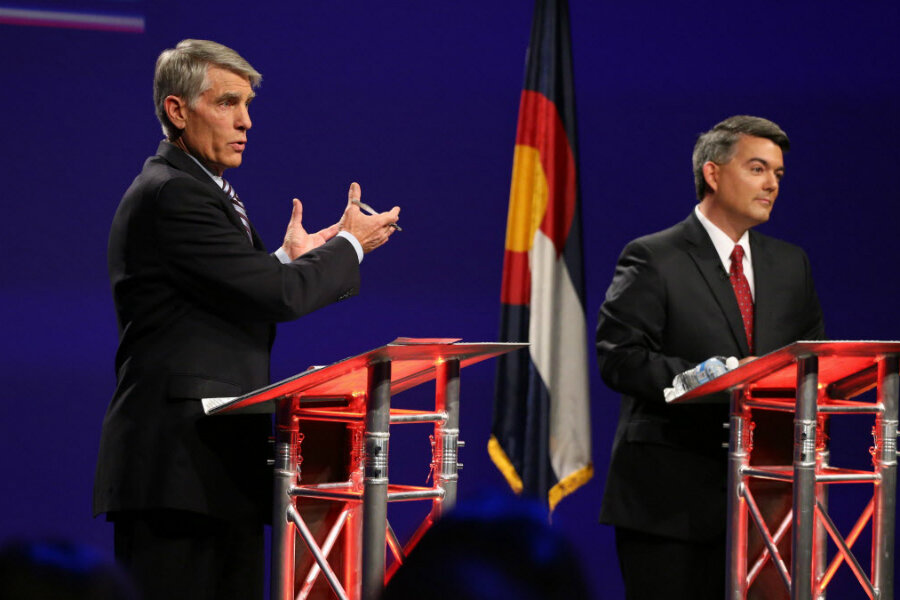Top 10 moments in the race for control of the US Senate
Loading...
With Republicans poised to win a pretty big victory this week, here are the Top 10 moments that helped them win, counting down from No. 10.
10. Mitch McConnell hires Jesse Benton: It probably wasn’t easy (for either party) for the Senate minority leader to reach out to Tea Party Sen. Rand Paul’s campaign manager, but that one move helped to consolidate the Republican base in Kentucky after a tough primary.
9. NRSC, the Senate Republican campaign arm, appoints Rob Portman as finance chair: The Ohio senator has done a bang-up job traveling around the country and raising money for the senatorial committee. Given that both the No. 1 and No. 2 Senate Republicans had primaries in this cycle, it was important that somebody stepped up to raise the money – and that someone turned out to be the possible presidential candidate.
8. Thad Cochran beats state Sen. Chris McDaniel in runoff: The senior US senator from Mississippi slept through the GOP primary and had to come from behind to beat the Tea Party favorite. Had McDaniel won, every race would have had to deal with 30-second ads featuring some comment that he had made in the past, a la Todd Aiken.
7. Scott Brown throws hat in the ring: The former Massachusetts Senator makes the short move over the state line in New Hampshire, and positions himself for an unexpected victory in a usually difficult seat for Republicans.
6. US Rep. Paul Broun loses primary in Georgia. Like McDaniel, the conservative, outspoken Republican congressman would have become a regular feature in every MSNBC talk show segment and every Democratic ad in the entire country.
5. NRSC convinces Cory Gardner to run for the Senate and Ken Buck to run for his House seat. Representative Gardner has turned out to be the ideal GOP candidate and overwhelming favorite to win in Colorado.
4. Ferguson: The president’s approval ratings dropped sharply after the racial conflict in the St. Louis suburbs broke out into the open.
3. House passes Continuing Resolution: By keeping the government open until Dec. 11, well after the election, Republicans took the last big chance the Democrats had to change the subject from the president to the Tea Party away.
2. Chris LaCivita dispatched to Kansas: Pat Roberts thought he had an easy walk in the general election after surviving a bruising primary campaign. The national Republican leadership thought otherwise, and sent the renowned political operator to energize the floundering campaign.
1. Islamic State/Ebola: The Obama administration’s bungling of the Ebola threat and the president’s uncertain response to the beheading of two American journalists by Sunni radicals dominated the headlines in late September and October, driving down the image of Democrats to their lowest approval ratings in 20 years.
I’m sure there are other moments and of course, I might be jumping the gun a bit, but these are my Top 10. Feel free to give me your own.
John Feehery publishes his Feehery Theory blog at http://www.thefeeherytheory.com/.





